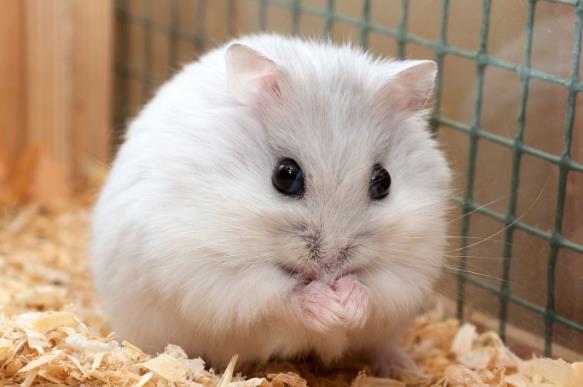Hamsters are small, adorable pets that require care in multiple aspects, including their living environment, diet, and health management. Below is a detailed guide:

Living Environment
Cage Selection
- Size: Hamsters need ample space to move. For common dwarf hamsters, the cage should be at least 40 cm long; for Syrian (teddy bear) hamsters, aim for 60 cm or more. A spacious cage allows them to run and explore naturally.
- Material: Opt for metal or plastic cages. Metal cages are durable and well-ventilated, but ensure bar spacing is narrow to prevent escapes. Plastic cages are lightweight and easy to clean—choose odorless, high-quality options.
Bedding Setup
- Types: Common beddings include wood shavings, paper cotton, and corn cob bedding.
- Wood shavings: Absorbent and affordable, but use dust-free varieties to avoid respiratory issues.
- Paper cotton: Soft, cozy, and ideal for winter due to its warmth.
- Corn cob: Eco-friendly and absorbent, though less common.
- Thickness: Lay bedding at least 5 cm deep, allowing hamsters to burrow and nest for warmth and security. Replace bedding 1–2 times weekly to maintain cleanliness.
Essential Accessories
- Food bowl & water bottle: Use heavy ceramic or plastic bowls and a dedicated hamster water dispenser. Clean them regularly to prevent bacterial growth.
- Exercise wheel: A must-have for physical health. Choose a wheel diameter based on size: 15–20 cm for dwarf hamsters, and 25+ cm for Syrians.
- Nesting house: Provide a cozy hideaway, such as a wooden hut or fabric nest, for resting and feeling secure.
Diet Management
Staple Foods
- Commercial hamster pellets: The primary diet, packed with balanced nutrients. Choose reputable brands and follow feeding guidelines on the package.
- Whole grains: Offer small amounts of oats, millet, or cornflakes as supplements, but avoid overfeeding to prevent digestion issues.
Supplementary Foods
- Vegetables: Fresh veggies like carrots, cucumber, and broccoli provide vitamins and fiber. Wash and dry thoroughly, and serve in moderation to avoid diarrhea.
- Fruits: Occasional treats like apple, banana, or strawberry are fine, but limit intake due to high sugar content.
- Protein sources: Add occasional protein-rich foods like mealworms or boiled egg whites, but don’t overdo it to avoid digestive upset.
Health Care
Daily Observation
- Energy level: Healthy hamsters are active and curious. Lethargy or lack of movement may signal illness.
- Appetite: Monitor food intake—sudden loss of appetite could indicate health problems.
- Feces: Normal droppings are dry, pellet-shaped, and odorless. Watery, smelly, or discolored feces may point to digestive issues.
Hygiene
- Cage cleaning: Regularly replace bedding, wash accessories, and wipe down the cage to reduce illness risk.
- Hamster grooming: Most hamsters self-groom and rarely need baths. For dirty fur, use specialized sand baths instead of water.
Disease Prevention & Treatment
- Prevention: Ensure a balanced diet, clean habitat, and regular exercise to boost immunity. Keep sick animals isolated to avoid contagion.
- Treatment: If symptoms like loss of appetite, lethargy, or diarrhea occur, consult a vet immediately. Never give human medications, as they can be toxic.
Interaction & Enrichment
- Gentle handling: Approach hamsters calmly, avoiding sudden movements or loud noises. Gently stroke their back or head to help them get used to your scent.
- Toys & stimulation: Provide chew toys, tunnels, and swings to satisfy their natural instincts and reduce boredom.
- Supervised playtime: Let hamsters explore a safe, enclosed area to exercise and relieve stress. Always monitor them to prevent escapes or hazards.
